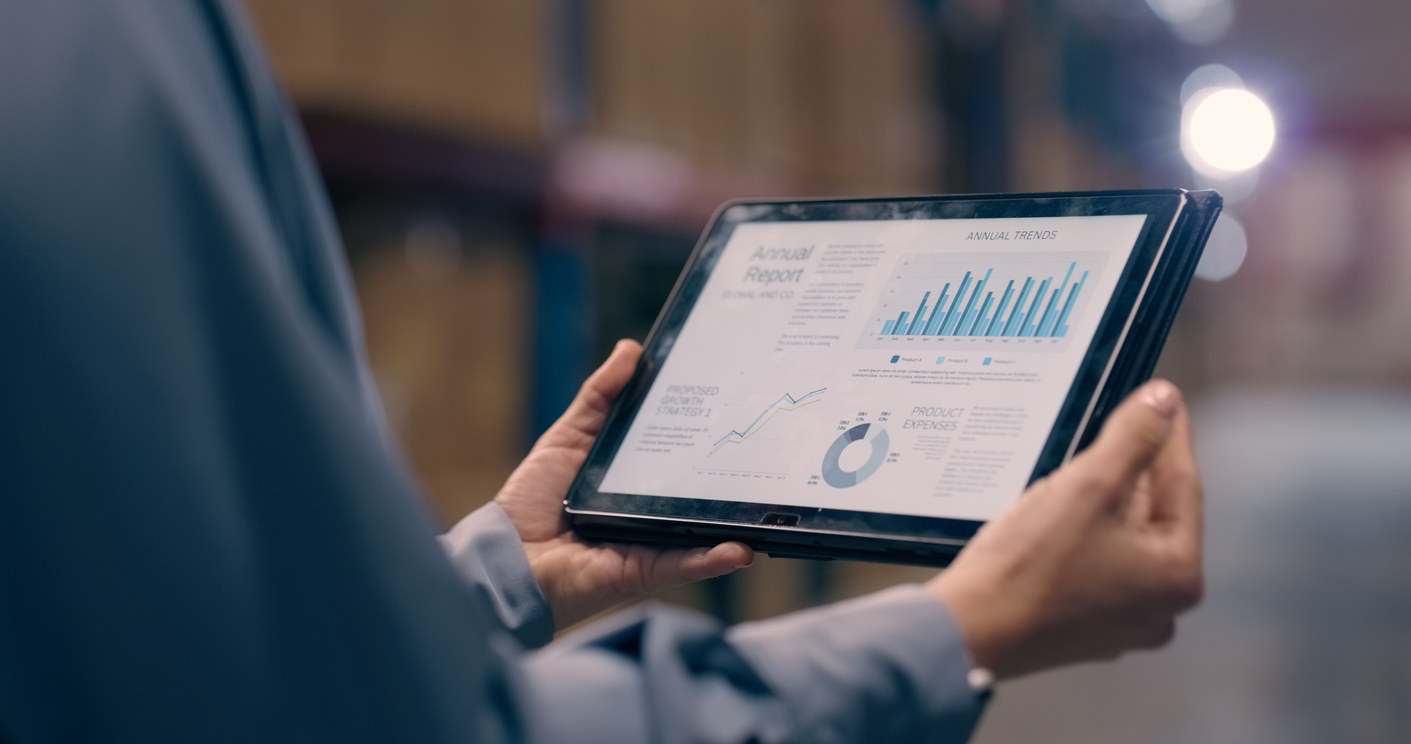Blog

Tacton Behavior & Engagement Analytics: Unlock CPQ ROI and Better Sales Performance
Strong CPQ adoption drives real ROI. Tacton Behavior & Engagement Analytics provides CPQ usage dashboards directly in the platform to track user behavior and uncover opportunities to improve performance.

Bill of Materials (BOM): What It Is and How to Automate in Manufacturing
A Bill of Materials (BOM) is the foundation of every product you build. Learn how automation helps keep sales, engineering, and production aligned in manufacturing.

Tacton Insights & Analytics: Self-Service CPQ Analytics for Manufacturers
Tacton Insights & Analytics brings powerful, easy-to-use analytics directly into Tacton CPQ.

How to Implement Self-Service Analytics in Manufacturing for Non-Technical Teams
Manufacturers are sitting on powerful data locked behind BI tools and IT requests. Learn how to amplify self-service analytics to accelerate smarter, data-driven decisions across the manufacturing lifecycle.

Symbolic AI in Manufacturing: The Key to Accuracy and Efficiency
Using rule-based logic instead of pattern-based guesses, symbolic AI ensures every product configuration is valid and manufacturable, so your business can quote faster, accurately, and profitably.

How Manufacturers Can Advance Data Maturity and Uncover the “Why”
Industrial manufacturers are collecting more data than ever, but without cross-functional visibility and the ability to analyze intelligently, most insights remain reactive.

5 Pump and Fluid Handling Trends Driving Performance and Profitability
Pump and fluid handling manufacturers are rethinking efficiency through data connectivity, sustainability, and customer experience to drive smarter growth in the digital era.

Generative AI vs. Symbolic AI in Manufacturing: Using Both to Build Trust
Trust in AI depends on explainability, especially when your operations are built on precision. Pairing symbolic and generative AI can help manufacturers build reliable solutions.

The CFO’s Guide to Protecting Profit Margins in Manufacturing
Manufacturers can lose as much as 80% of their margin between the quote and delivery. Here’s how CFOs can close that gap and turn visibility into lasting margin control.

Why the Buyer-Centric Smart Factory Is the Future of Complex Manufacturing
Manufacturers face growing pressure to deliver highly configurable solutions on shorter timelines while protecting margins. The buyer-centric smart factory is the answer to delivering on your customer promise, profitably.

CPQ Implementation Readiness: 8 Steps for a Successful Transformation
Configure, Price, Quote (CPQ) software is part of a larger ecosystem that helps your business connect your front of house sales with engineering and delivery functions.

How AI Will Help Manufacturers Cut CPQ Implementation Time
An enterprise Configure, Price, Quote (CPQ) software implementation can take months to years and millions of dollars depending on the level of your product complexity.